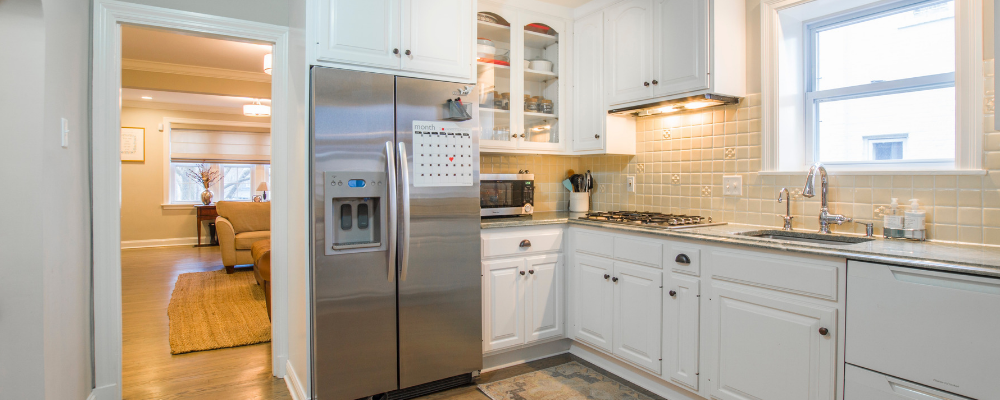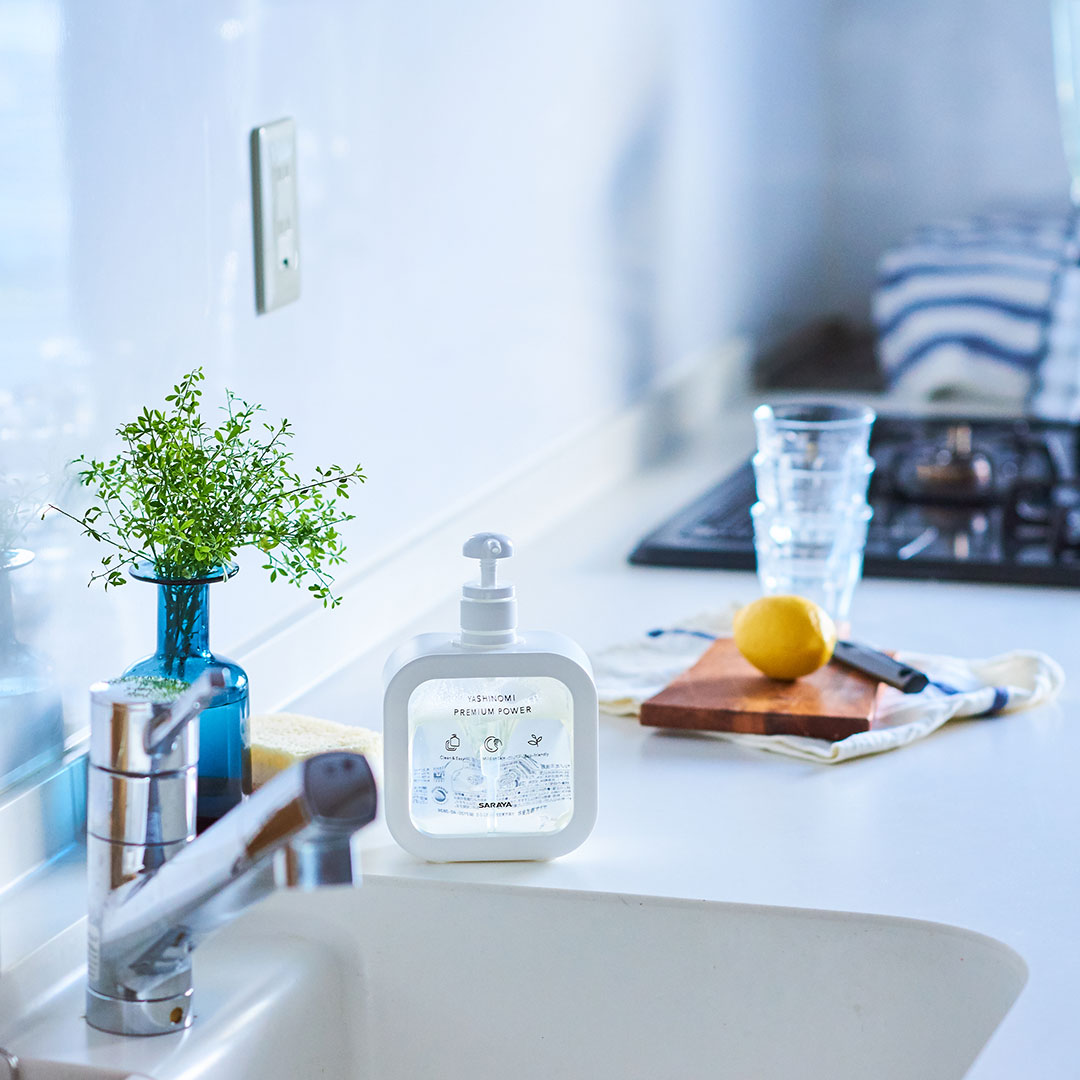
A Clean Fridge Is A Safe Fridge
When talking about kitchen cleaning, the area you should focus the most should always be your refrigerator. Often thought as the “backbone” of the kitchen, your fridge is storing raw food, cooked food, condiments, vegetables, drinks and more, so it should always be clean and safely organized, preventing not only food poisoning but also food spoilage. When you see any dirt, may already clean it straight away but don’t forget that also have to complement it with a simple deep cleaning every quarter to make sure that your appliance isn’t doing you more harm than good.
Why clean your refrigerator regularly?
A dirty fridge can be a breeding ground for mold and bacteria like salmonella, listeria and e. Coli. A study done on the average frost-free home fridge found that salad drawers alone contained an average of 7,850 bacteria units per colony-forming units (cfu/cm2). This may not seem scary, but knowing that the current standard EC recommendation for safe and clean food storage and preparation is between 0 and 10 germs per cfu/cm2, you may change your opinion. To avoid any sickness falling in you or your family, let’s clean our refrigerator regularly.
How to clean your fridge?

Complete deep cleaning of your appliance may take around 20 minutes, but it will be worth your effort just by decreasing the risk of having food poisoning. Don’t know where to start? Just follow these easy steps:
1. Remove all food
It is always easier to clean your fridge when it is not full, so the best time to clean it would be just before going grocery shopping. Place Everything that your fridge still contains in a cooler to maintain its temperature while you clean.
2. Sort out all your food
While you put all the food in the cooler, check if the products are not expired, like those old condiments you barely use, opening all lids to check for mold and empties. Concerning fruits and vegetables, confirm they are in good shape and not rotten, removing the possibility of any contamination.
3. Take out removable parts and wash them
Most of the parts inside your fridge can easily be removed like the shelves and drawers, making the process of cleaning much more simple. Wash the removed parts with hot water and a dishwashing product, preferably a natural one like Happy Elephant Dishwashing Liquid, in a sink. If they are really dirty, let them soak before in a basin, and once done, just dry well and set them apart.
4. Clean inside
First of all, avoid using cleaning products that may pass on any taste to your food, or damage your fridge’s interior or door seals. Use a specific cleaning product for fridges or if you don’t have any, a dishwasher liquid with hot water will do the trick, but whatever you do, do not use any disinfectant inside the fridge, as it could damage it, nor bleach as these products could make people ill if it gets in contact with food afterwards. Wipe everywhere inside the fridge with a sponge or a microfiber cloth, not forgetting inside the door as well. Finish this step by drying it all with a clean towel.
5. Check the drain hole
Inside your fridge you might find a drain hole, where dirt may have accumulated. Normally a little green brush comes with your fridge for its cleaning, so just use it to clean the inside of of the drain hole of any water due to condensation. Its evacuation will help you avoid the accumulation of moisture.
6. Clean outside
Wipe as well all your appliance exterior surfaces, and focus particularly on the handle. Don’t forget to clean the top of the refrigerator, where an unholy amount of grime has likely been collected. Dry it all with a towel.
7. Organize your food smartly
So now you can put every removable part back to the fridge and reload it with food, and with a good organization, you will not allow bacteria to travel through shelves and contaminate everything. First, keep raw meat and cooked food separated in different, well-covered containers. Secondly, pay attention to which part of the refrigerator you are placing the food. The door of the fridge is the riskiest zone as it is the warmest, so save it for drinks and condiments. On the contrary, the bottom shelf is the safest place, as the temperature tends to be the most stable, so put meats and already cooked foods there. You may also have a salad drawer, which is a no-brainer for the place to place your vegetables.
8. Monitor the temperature
Once everything is clean and back in, make sure the temperature is correct (below 4°C). One of the easiest ways to keep your fridge at the ideal temperature is to make sure the doors are always properly closed. Fridge doors that are accidentally left open can cause food to enter the temperature danger zone (between 5 °C and 60 °C), allowing harmful bacteria to grow, since it will allow moisture to enter the fridge, speeding up its development. Over time, door seals may also deteriorate, so make sure you replace your seals before this starts to happen.
Now that your fridge is safe, just don’t forget to properly wash your hands with soap and to wash any towels used in the process.
- Kliknięć: 2800
